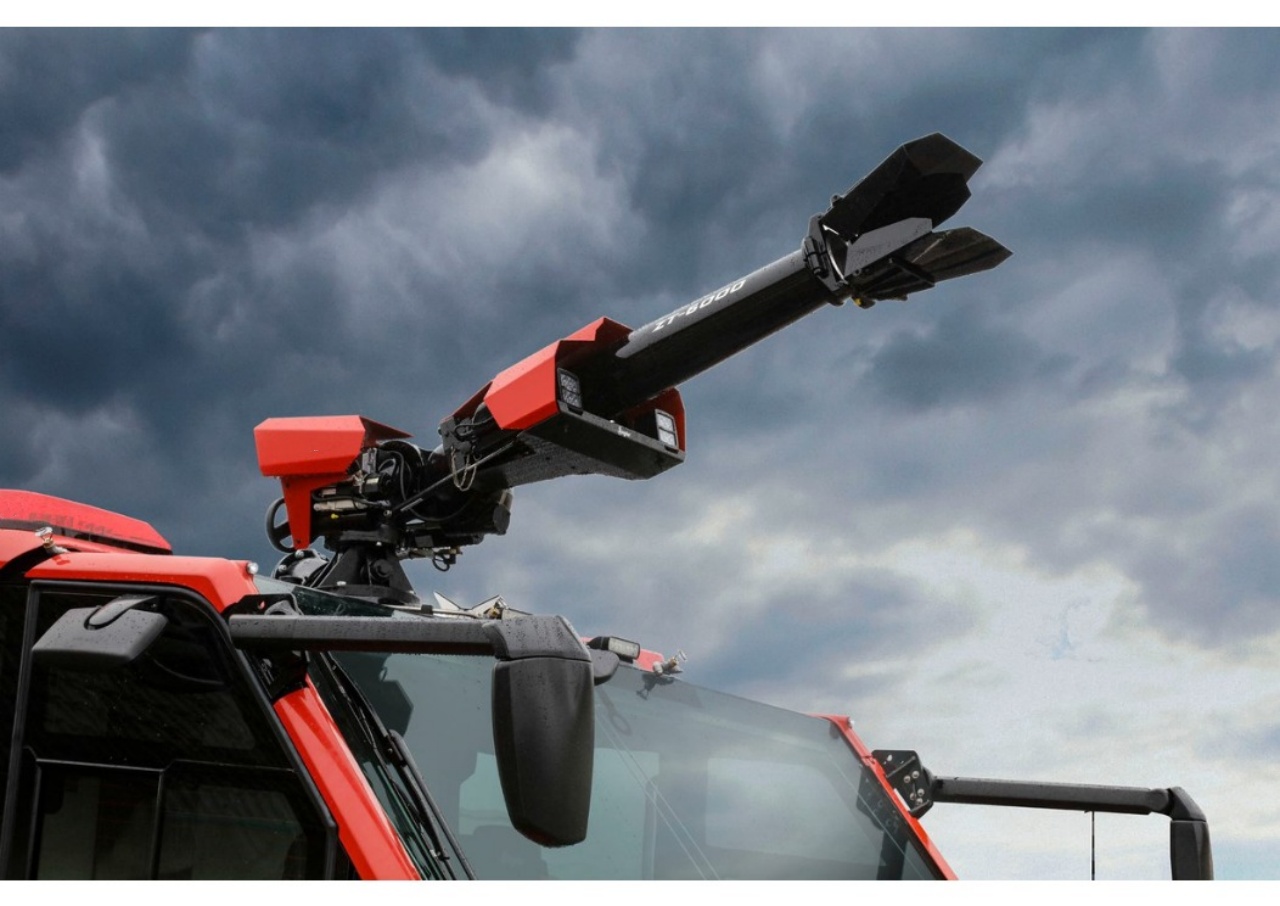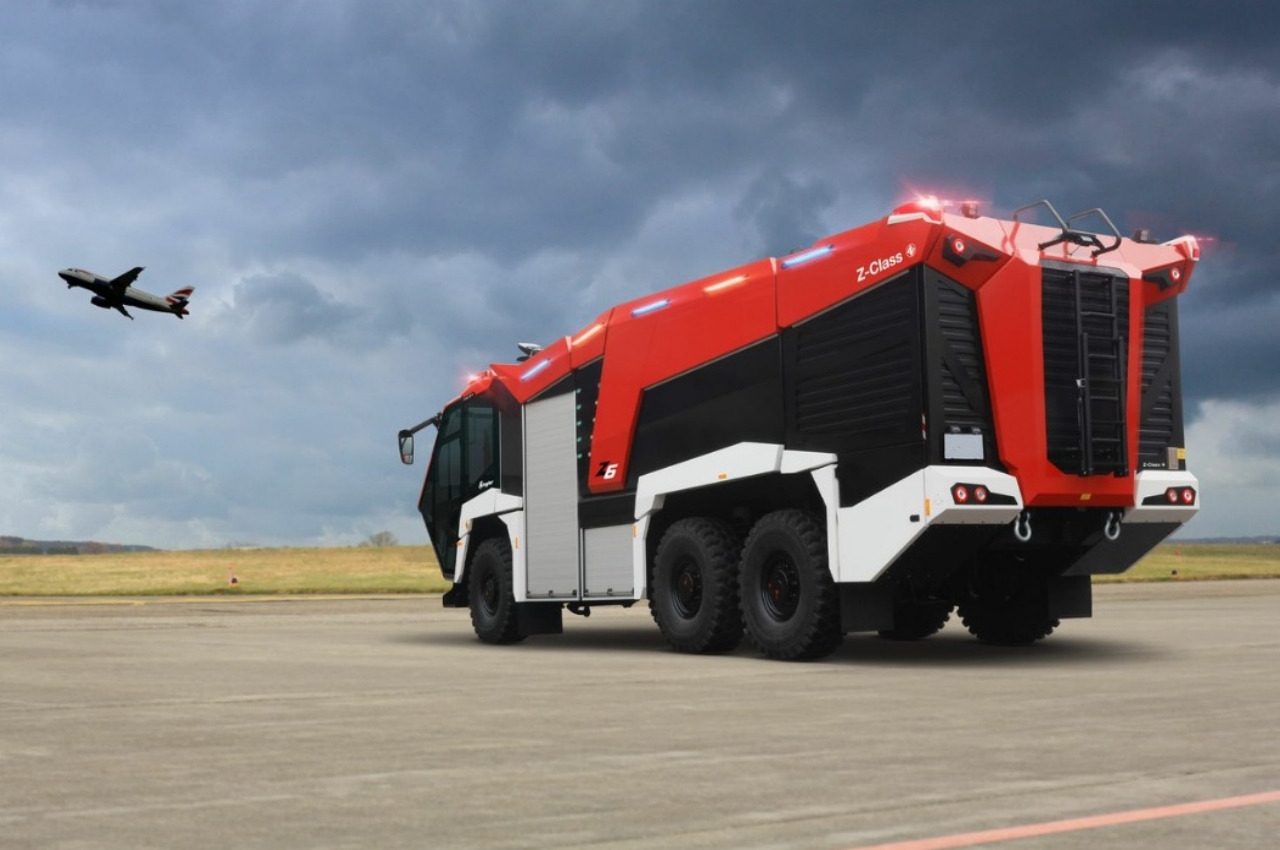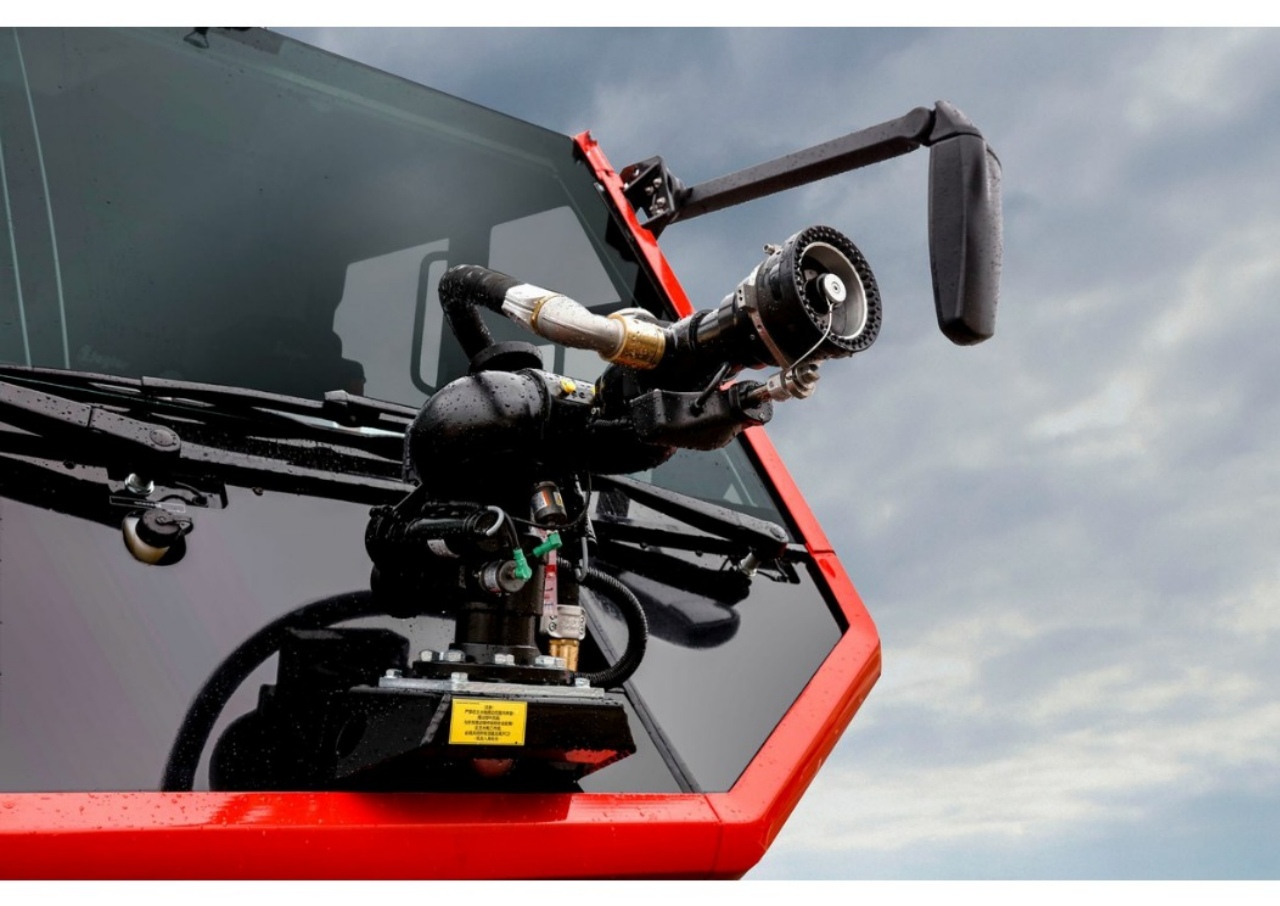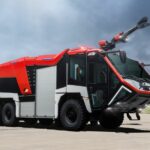In the field of aviation and airport operations, the acronym ARFF holds significant importance. ARFF stands for Aircraft Rescue and Firefighting. It refers to a specialized category of emergency services provided at airports around the world. The primary mission of ARFF personnel is to respond to aircraft emergencies, ensure passenger and crew safety, and mitigate fires and other hazards associated with aviation accidents. This article explores the full meaning of ARFF, its roles and responsibilities, the specialized equipment involved, training requirements, and its critical importance in modern aviation safety.
Understanding ARFF
The full meaning of ARFF—Aircraft Rescue and Firefighting—captures the essence of the services these units provide. Unlike general fire departments that deal with structural fires, car accidents, and other urban emergencies, ARFF units are specifically trained and equipped to handle emergencies involving aircraft. These emergencies can range from minor incidents such as fuel spills to catastrophic events like aircraft crashes and large-scale fires.
ARFF personnel are usually based at airports and are employed either by airport authorities, local fire departments, or private operators. Their work requires them to be constantly prepared, as aviation incidents can escalate very quickly, often requiring rapid and highly coordinated responses.
The History and Development of ARFF
The concept of Aircraft Rescue and Firefighting began in the early 20th century, as air travel started becoming more common. Initially, emergency responses at airports were rudimentary and often handled by local fire brigades with limited understanding of aviation-specific challenges. However, as the aviation industry grew, particularly after World War II and during the jet age, the need for specialized firefighting units at airports became clear.
In response, regulatory bodies such as the Federal Aviation Administration (FAA) in the United States and the International Civil Aviation Organization (ICAO) began to develop standards for airport emergency services. These standards emphasized the establishment of ARFF units equipped with the proper vehicles, foam-based extinguishing agents, protective gear, and trained personnel capable of responding within a strict time frame, often within 3 minutes of an incident.
The Role of ARFF Units
The responsibilities of ARFF units are multifaceted and crucial to airport operations. Here are some of the core functions they perform:
1. Emergency Response
ARFF units are first responders to aviation emergencies such as crashes, fire outbreaks on aircraft, runway excursions, fuel leaks, and aborted takeoffs or landings. Their role is to save lives, secure the aircraft, and mitigate any risks to passengers, crew, and airport personnel.
2. Fire Suppression
Aircraft fires are particularly dangerous due to high fuel loads and potential for rapid flame spread. ARFF units are trained to combat fires using foam, dry chemical agents, and water, depending on the situation. Their vehicles are equipped with powerful pumps and specialized nozzles to apply fire suppressants quickly and effectively.
3. Rescue Operations
In the event of a crash or emergency landing, ARFF personnel may be required to enter a damaged or burning aircraft to rescue trapped passengers or crew. This aspect of the job demands not only physical fitness and courage but also intimate knowledge of aircraft structures and evacuation techniques.
4. Hazardous Material Handling
Aircraft often carry hazardous materials, whether in cargo or as part of the aircraft’s operational systems (like fuel, hydraulic fluids, and batteries). ARFF crews are trained in the identification and safe handling of these substances to prevent contamination or further hazards.
5. Training and Preparedness
ARFF units conduct regular drills and training exercises to stay prepared for a wide range of scenarios. These may include simulated crashes, fuel spills, or aircraft evacuations. Coordination with local emergency services, including medical teams and law enforcement, is also a key part of preparedness.
ARFF Equipment and Vehicles
One of the most recognizable aspects of an ARFF unit is its specialized firefighting vehicles. These vehicles are designed to operate in airport environments and are built for speed, power, and versatility. Common features include:
- High-capacity water tanks (often 1,500 to 3,000 gallons)
- Foam concentrate tanks for suppressing jet fuel fires
- Dry chemical storage for Class B and C fires
- Roof and bumper turrets for applying extinguishing agents while the vehicle is in motion
- All-wheel drive and large tires for off-road access
- Infrared thermal imaging cameras to detect hidden fires or survivors
Some of the most well-known ARFF vehicle manufacturers include Oshkosh (USA), Rosenbauer (Austria), and E-ONE (USA).
Training and Certification
Due to the high-risk nature of the job, ARFF personnel undergo rigorous training. This includes both classroom instruction and hands-on experience in the following areas:
- Fire science and extinguishing techniques
- Aircraft construction and emergency systems
- Rescue procedures
- Use of personal protective equipment (PPE)
- Hazardous materials awareness
- CPR and emergency medical response
In many countries, firefighters must obtain specialized ARFF certifications through recognized training centers. The FAA in the United States and the ICAO internationally have established clear guidelines for ARFF personnel qualification.
Regulatory Requirements
Regulatory oversight of ARFF operations varies by country but is generally handled by national aviation authorities. Key regulations often specify:
- Minimum staffing levels per shift
- Maximum response times (typically 3 minutes or less)
- Equipment and agent quantity requirements
- Ongoing training and proficiency testing
In the U.S., the FAA‘s Part 139 regulations govern ARFF standards at commercial service airports. ICAO provides a broader international framework through Annex 14 of the Convention on International Civil Aviation.
The Future of ARFF
As aviation technology evolves, so does the role of ARFF units. With the development of electric and hydrogen-powered aircraft, new firefighting techniques and equipment may be required. Additionally, the integration of drones and advanced thermal imaging for reconnaissance is becoming more common in ARFF operations.
There is also an increasing focus on environmental sustainability. Modern ARFF vehicles and foam agents are being designed to reduce environmental impact, particularly as some traditional firefighting foams have been found to contain harmful chemicals like PFAS.
Conclusion
In conclusion, the full meaning of ARFF—Aircraft Rescue and Firefighting—encompasses far more than just responding to fires at airports. ARFF units are highly trained, well-equipped teams that play a crucial role in aviation safety, capable of responding to complex and life-threatening emergencies with precision and speed.
Their presence at airports is not only a regulatory requirement but also a vital assurance to the traveling public that, in the unlikely event of an aircraft emergency, skilled professionals are ready to act within moments. Whether it’s extinguishing a fire, rescuing passengers, or coordinating with emergency teams, ARFF personnel stand as 1 of the most important lines of defense in the aviation industry.












